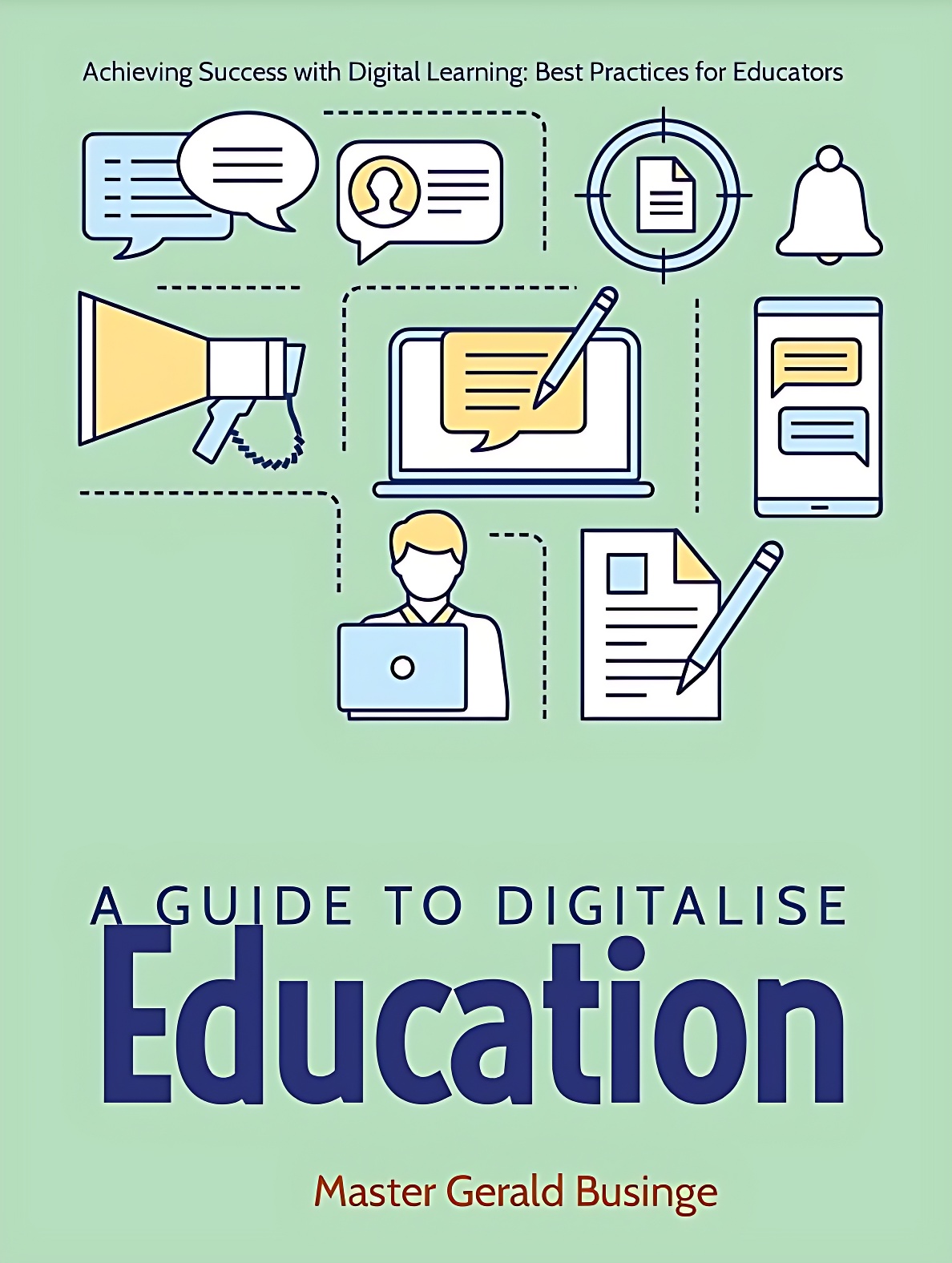Download ebook Achieving Success with Digital Learning: Best Practices for Educators (A guide to digitalise Education)
Original price was: UGX 40,000.UGX 20,000Current price is: UGX 20,000.
The publication “Achieving Success with Digital Learning: Best Practices for Educators” is a comprehensive guide for teachers, lecturers, school owners, and educators who are interested in leveraging digital learning best practices to improve student outcomes. The publication begins with an introduction to digital learning, explaining what it is and how it differs from traditional classroom learning. The author discusses the advantages of digital learning, including increased access to resources, enhanced collaboration opportunities, and personalized learning experiences.
Description
The first chapter focuses on the role of technology in education. The author discusses the various types of technology available to educators, including learning management systems, mobile apps, and online resources. The chapter also covers best practices for incorporating technology into the classroom, such as using multimedia to enhance instruction, providing feedback through digital tools, and using online assessments to track student progress.
The second chapter delves into the importance of creating a digital learning environment that is conducive to student success. The author provides tips for designing engaging online courses, establishing clear learning objectives, and creating a supportive learning community.
The third chapter focuses on strategies for engaging students in a digital learning environment. The author discusses the importance of using interactive tools and multimedia to enhance student engagement, and provides tips for creating activities that promote critical thinking, collaboration, and problem-solving.
The fourth chapter covers best practices for assessing student learning in a digital environment. The author explains how to use online assessments to measure student progress, and provides tips for providing meaningful feedback to students.
The final chapter of the publication discusses the future of digital learning and how educators can continue to leverage technology to improve student outcomes. The author discusses emerging trends in digital learning, such as gamification and adaptive learning, and provides guidance for staying up-to-date with the latest developments.







Reviews
There are no reviews yet.